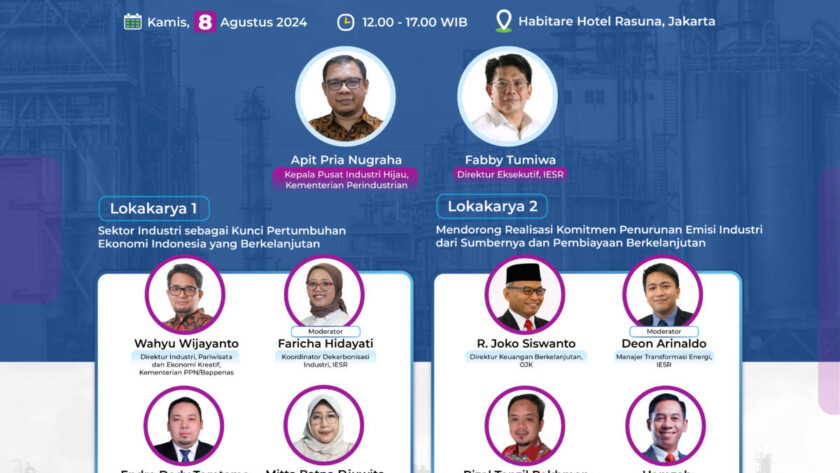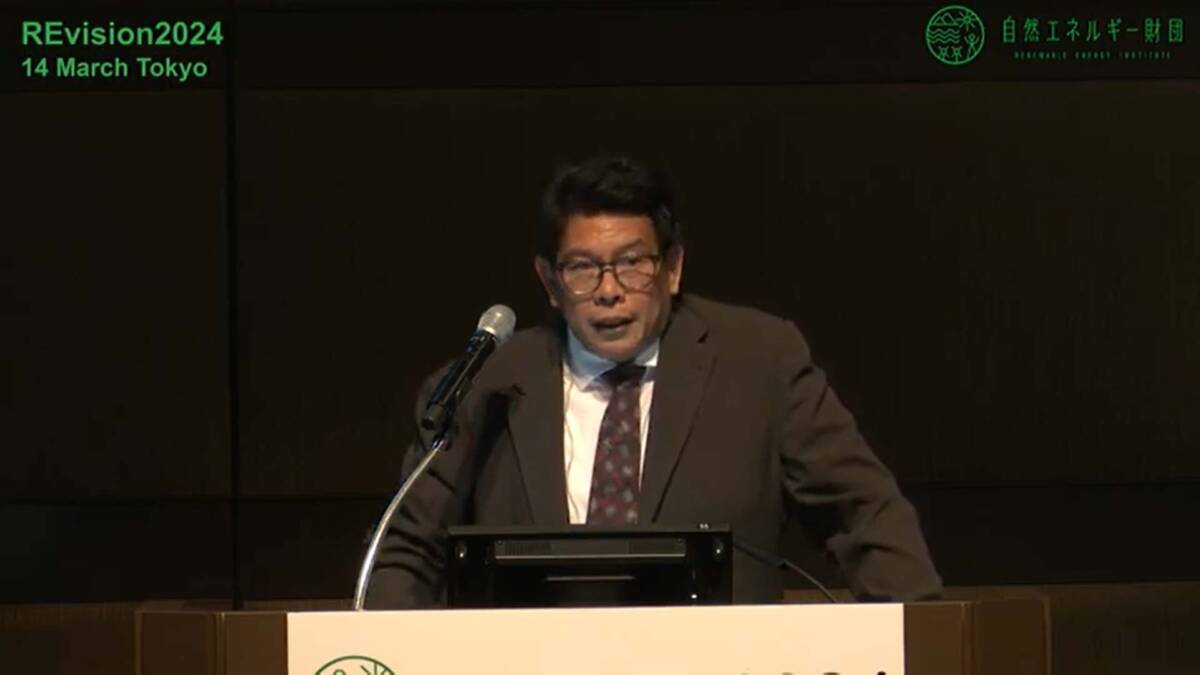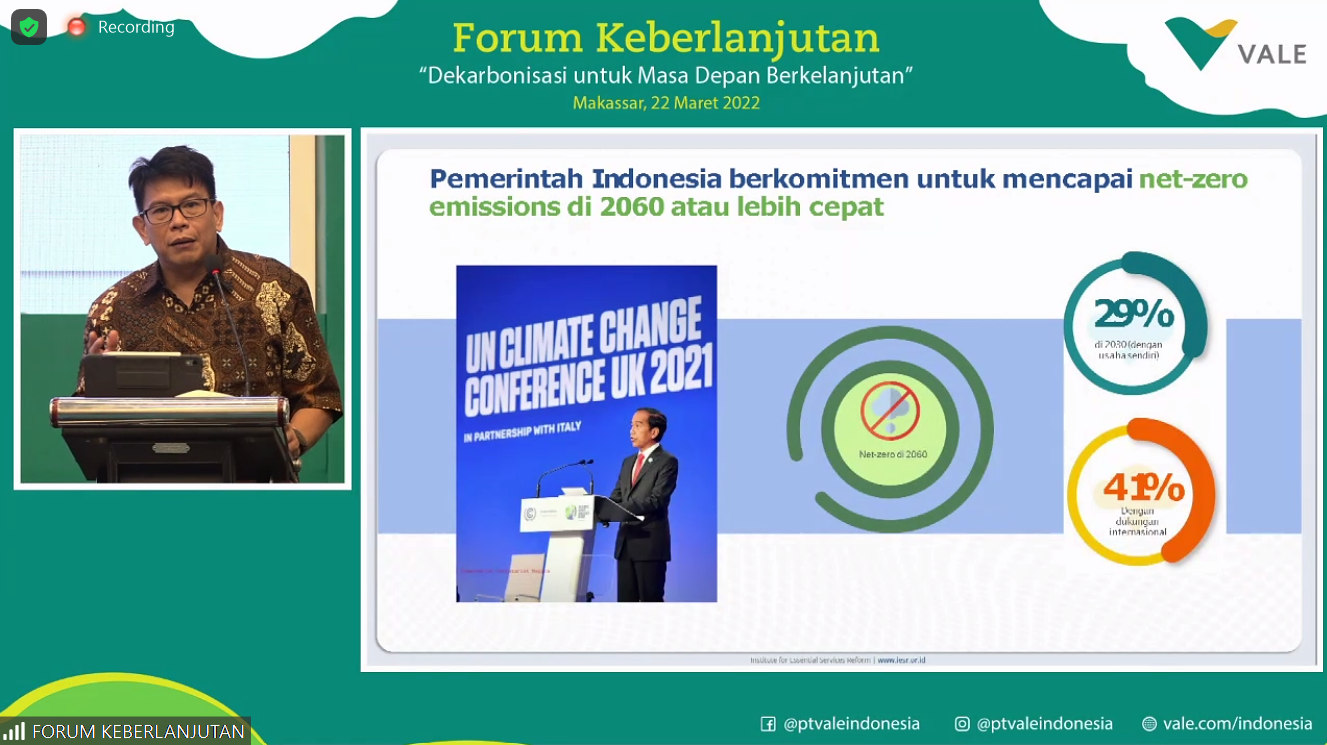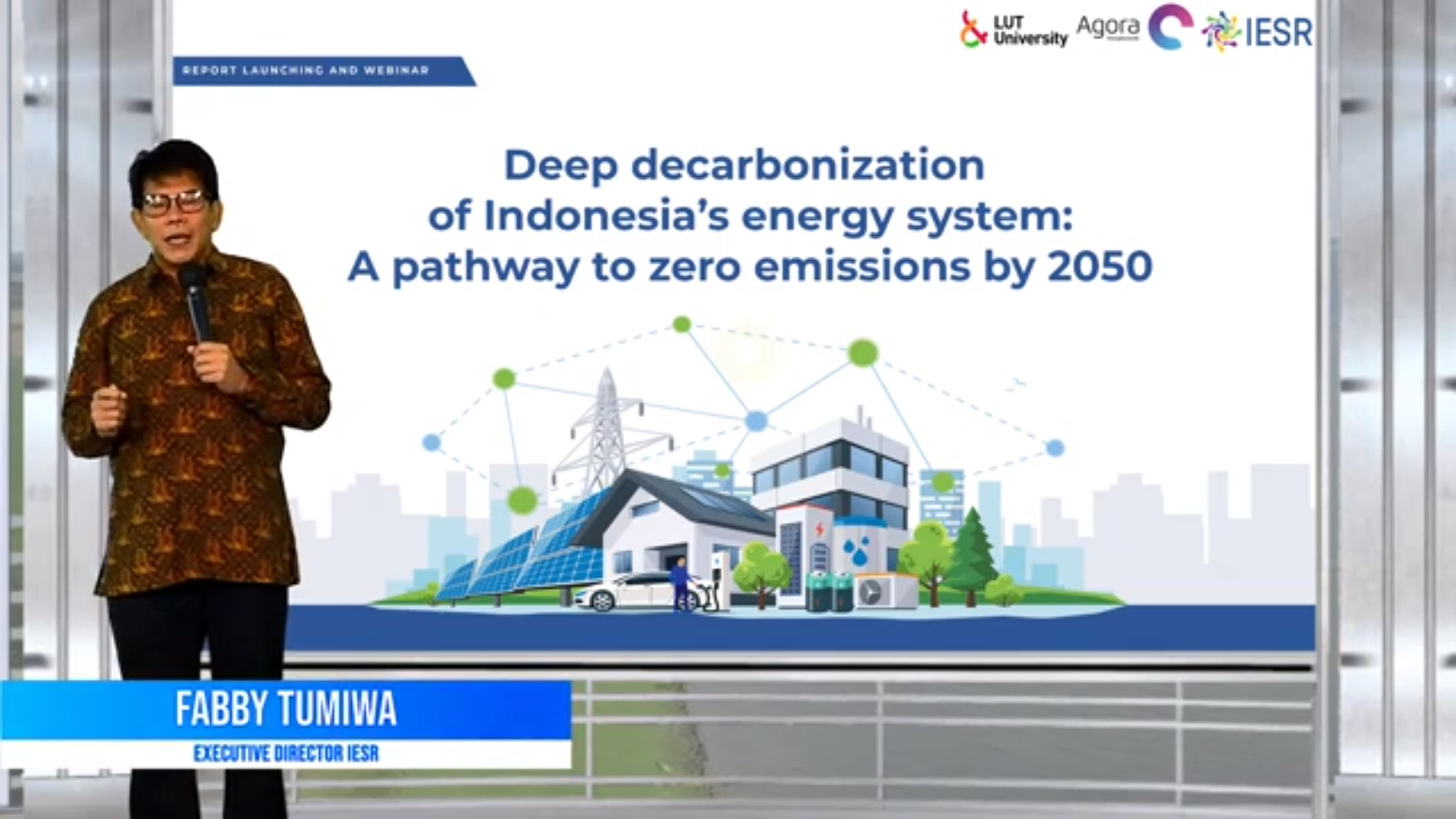Background
The manufacturing sector is a key player in Indonesia's economic growth. In 2022, the manufacturing sector contributed 16.5% of Indonesia's Gross Domestic Product. The manufacturing sector is also a labor-intensive industry that is able to absorb a lot of labor and is classified as a resilient sector. This can be seen from the number…





